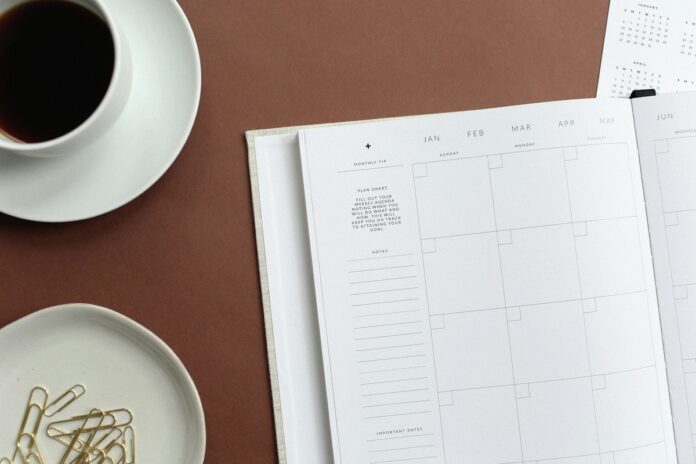By Stella Smith
Have you ever tried to create a new habit and it just… didn’t stick? Chances are, you have. Chances are, everybody has. New habits have a way of dying out before we truly make them a part of our daily routines. This is why habit stacking is important. It provides us a way to incorporate new habits into our lives by utilizing our current habits. This method applies to everyone, but it can be especially helpful to those in the professional world.
We might think we have no time to incorporate new habits into, but we do! In this post, we’ll define habit stacking, provide examples, and explain how to best use our time.
About Our Habits…
Before we can introduce a new method of starting habits, we have to understand a bit about the nature of habits. As you get used to doing things, your brain will form strong connections between neurons. For example, if you learn a musical instrument, your brain is forming connections with the neurons responsible for musicality. The more you practice that instrument, the stronger the connections are. This is scientifically how we develop skills.
The same is true for habits.
The more we practice our habits, the more routine they become. They become natural to us. This is one of the reasons why implementing new habits can be difficult – they’re not as ingrained in our brains compared to our current habits. Habit stacking can correct this!
What is Habit Stacking?
Habit stacking is the best way to introduce new habits. It is essentially taking a habit you want to start and stacking it on top of a current habit. One reason habits are usually difficult to stick to is because they are vague. I want to start eating healthy. Or, I want to start journaling. Even if you added a specific time and place, I want to journal every morning at my desk, it isn’t easy to be consistent.
This is where habit stacking comes in.
How to Habit Stack
First, we have to choose a current habit that we are consistent with. You might think you don’t have many, but you do. If you are struggling to think of some, write down a list of things you do every single day. This could look like:
I get out of bed.
I brush my teeth.
I make my cup of coffee.
I get dressed.
I drive to work.
These are some triggers you can use for stacking!
Next, choose a new habit you want to implement. For example, I want to practice gratitude. Great, let’s stack that. If you want to practice gratitude in the mornings, choose a current habit that you do in the mornings and apply this formula: After/before I _____, I will _____.
After I make my cup of coffee, I will write down a list of 5 things I am grateful for.
This method works because you won’t forget to do what you already do every single day. Now when you get the urge to make your coffee, you will also remember to practice gratitude. Eventually, this habit will become as natural as your current ones.
There is also another form of habit stacking, which is where you implement a new habit at the same time as current ones. Instead of doing it after/before, you do it during. For example, if you want to start reading more, your habit stack might look like this: While I walk on the treadmill, I will read a book. This can work the other way around too, depending on which habit you are already comfortable with. If you already read but want to start exercising more, it might be: While I read, I will walk on the treadmill. This will work for you because you can tailor it to fit your lifestyle and routines.
By doing two habits at once, you maximize your time. The possibilities are truly endless.
While I drive to work, I will set my intentions for the day.
While I listen to my podcast, I will do yoga.
While I walk into the office, I will say hello to my coworkers.
Tips for Habit Stacking
As you begin to incorporate habit stacking, remember these tips:
1. Pair your new habit with a current habit that makes sense.
– If you want to read at night, don’t pair this habit with something you do in the morning. You can tailor this method to fit your needs, so make sure it works to your advantage!
2. Set yourself up for success.
– Pair your habits with current ones that you are already consistent with. If you don’t walk on the treadmill, don’t pair reading with this habit! Then, you would have to start two new habits.
3. Keep stacking.
– Once you have created a good routine with your new habits, create more! Now, your new habits can become triggers for the next habits you want to implement.
Closing
Habit stacking is the best way to start new habits, because we are utilizing our current, consistent habits. We can use this method to maximize our time and create our ideal routines.
Be sure to check out other self-improvement blogs at https://www.sophisticatedprofessional.com/self-improvement/!



